Yoga, an ancient and revered practice, has been around for thousands of years. And it seems that each year yoga is attracting more practitioners and fans than ever before. Despite its longevity, not everyone fully understands yoga. Many people who’d probably enjoy and benefit from its practice unknowingly harbor misconceptions.
Yoga is rooted in Indian philosophy and started as a spiritual practice. Today, it’s known as a way to promote healthy physical and mental well-being. Especially in the United States, yoga practices typically emphasize asanas (physical postures), pranayamas (breathing techniques), and dhyanas (meditation.) Styles range from gentle to physically demanding and almost always include meditative elements.
Those are the facts. Let’s take a closer look at the misconceptions.
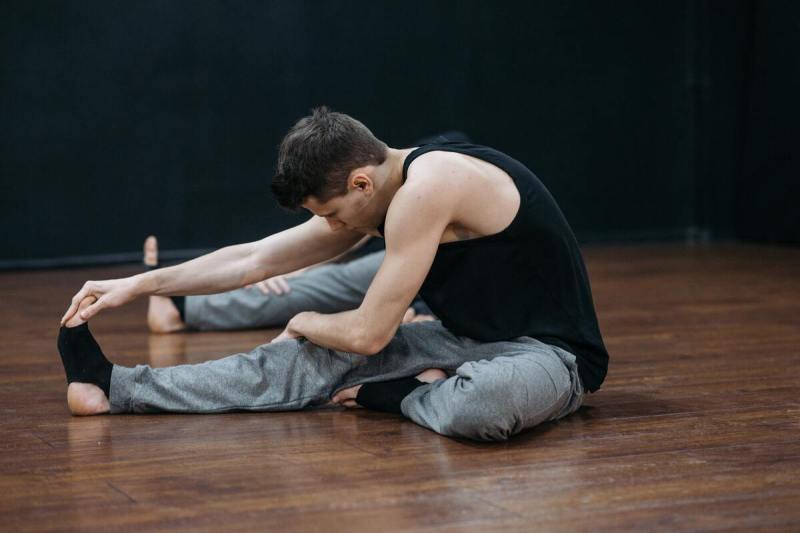
1. I don’t have enough time
Between work, school, and/or family responsibilities, many people cannot fit a time-consuming yoga practice into their day. Life is too crazy, and most of us are very busy. Fortunately, prioritizing self-care and setting some time aside for your yoga practice doesn’t have to take all day. Some regular posing and stretching can take less than a half-hour. We can all find time for that!
Finding that time for a regular yoga practice promotes calm mindfulness that makes the rest of your day less hectic. Additionally, yoga practitioners feel more energized and invigorated and tend to sleep better at night. Here are some ways you can find time for yoga, even when you’re busy.
Begin your day with yoga
Set your alarm clock just a few minutes earlier each morning, and practice yoga when you get out of bed. This is a great habit to begin the day with and will help you feel more energized than a cup of coffee! Just a few poses, and you will be more centered before beginning your day. You can also set your intention for anything you want to accomplish. This allows you some time each morning to think about the day ahead and what you can do to make it a great one.
Hold yourself accountable
We can always come up with a reason not to do something. Find small ways to show up for yourself, like you would a friend or loved one. Finding a buddy to practice yoga with might make you more likely to do it. Ask around and put a yoga group together if that works for you. If not, sign up for a weekly class in a convenient location and put it on your calendar.
If you pay in advance, that might also register in your head that this is important, and you’ll be more likely to attend.
Start small
Make a plan for yourself that’s realistic. If you’re busy, don’t sign up for a daily yoga class. This is especially true at the beginning when you’re starting a new routine. Instead, sign up for a class that meets once or twice a week.
You can also keep a yoga mat in your office or bedroom. When you’re taking a break from work or maybe watching television one afternoon, roll it out and do some favorite poses. You’ll feel better, and as time permits, you’ll be more likely to stick with it over the long haul.
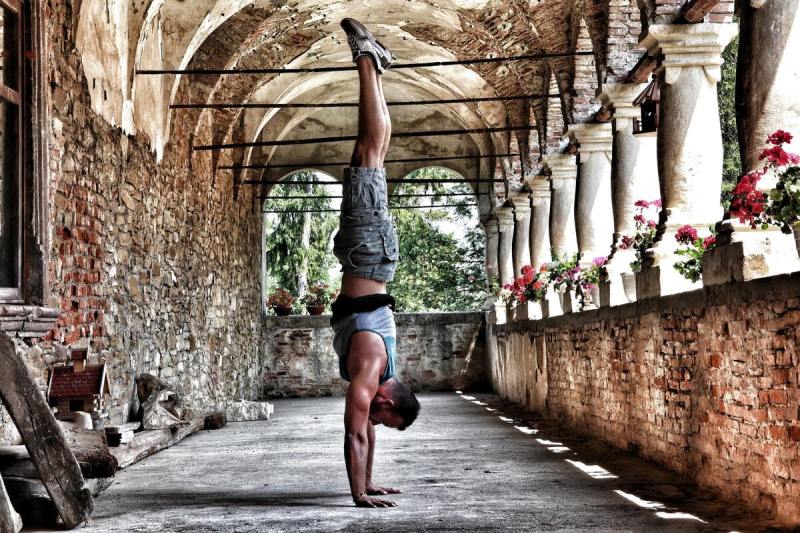
2. I don’t know what I’m doing
Yoga, classes, clothes, and the culture around this ancient practice can be intimidating. In reality, you don’t need a whole lot of experience or specific clothes to get started. While a yoga mat is essential, your clothes just have to be able to move and stretch the way your body does during the poses. That’s it! And you don’t need any kind of shoes because yoga is done with bare feet.
Some yoga classes use additional props. These include straps, blocks, bolsters, and blankets. If you’re signing up for a class, yoga centers typically provide these props, so you don’t have to purchase them. If you’re doing yoga at home, substitute these items easily with scarves, ties, some books, or pillows.
How to get started
Most centers have specific classes for beginners. If you don’t see that in the title of a class, read the class descriptions. Descriptions should indicate whether the class is for beginners, intermediate, or experienced yogis.
Do the same with yoga videos you buy or find online. Choose short and simple sessions and slowly build from there. As you begin to get the hang of it, you’ll move from basic beginner postures and add more challenging poses.
You might even create your own routines as long as you include the essential components such as intention, breathing, meditation, and relaxation.
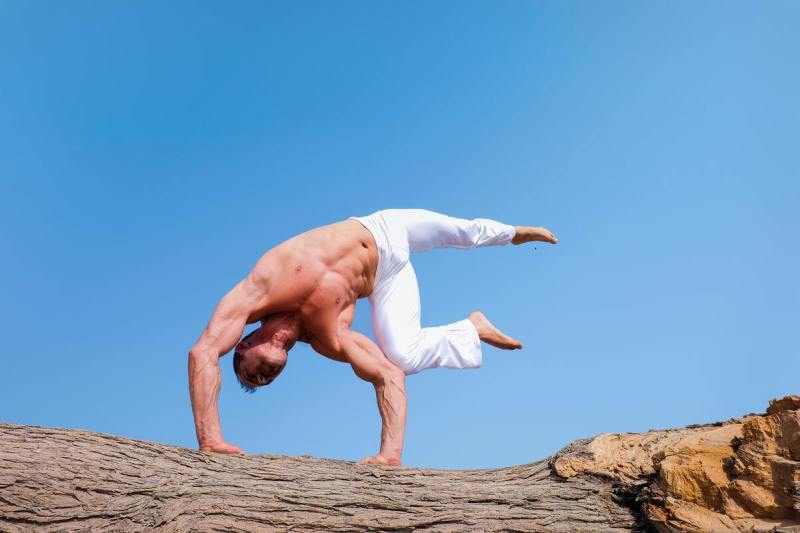
3. I’m not flexible enough for those complicated poses
Yoga helps people become more flexible – that’s one of the main reasons why it’s so popular. No one expects a beginner or someone who’s never done yoga to be flexible right away.
If you’re researching yoga and get scared off by watching people on social media twist themselves into a pretzel, turn off that social media channel. Instead, follow people who seem more like you and practitioners who discuss realistic poses and how they positively impact your physical and emotional health.
In addition to flexibility, yoga also improves your posture, balance, and strength. It brings awareness and mindfulness. This helps you better remember to sit up straight and walk with your chest up and your shoulders back. Doing this lowers the risk of trips and falls. As you get more advanced, your toned muscles will also get stronger.
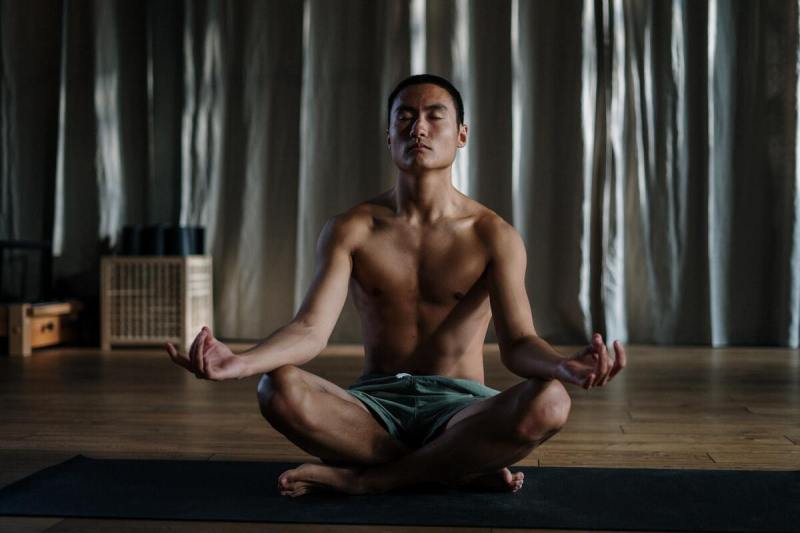
4. I don’t know where to start
The best way to get started is to just do it. Sign up for a class or find a video online and give it a try! What kind of yoga would be a good fit for you?
- Hatha yoga is slow-moving and easier for beginners.
- Vinyasa, Ashtanga, and other power yoga classes include more challenging yoga poses.
- Iyengar focuses on proper alignment, and the instructors often use props to help you perfect your form.
- Hot yoga is yoga practiced in a room that’s set to around 104 degrees F.
- Kundalini focuses on a spiritual energy or life force located at the base of the spine. They do this with specific breathing exercises, poses, chanting, and meditation. This can be helpful when recovering from certain addictions.

5. I can’t afford a yoga membership
Taking yoga classes at a local studio or club has its benefits. A qualified instructor gives personalized feedback, and you meet other people interested in yoga and learn from them. However, if you don’t live near a studio, cannot afford a membership plan, or simply have no time for regularly scheduled classes, do yoga at home.
Research and find videos online that feature experienced teachers with positive reviews. Look for apps on your phone or DVDs that work for you.
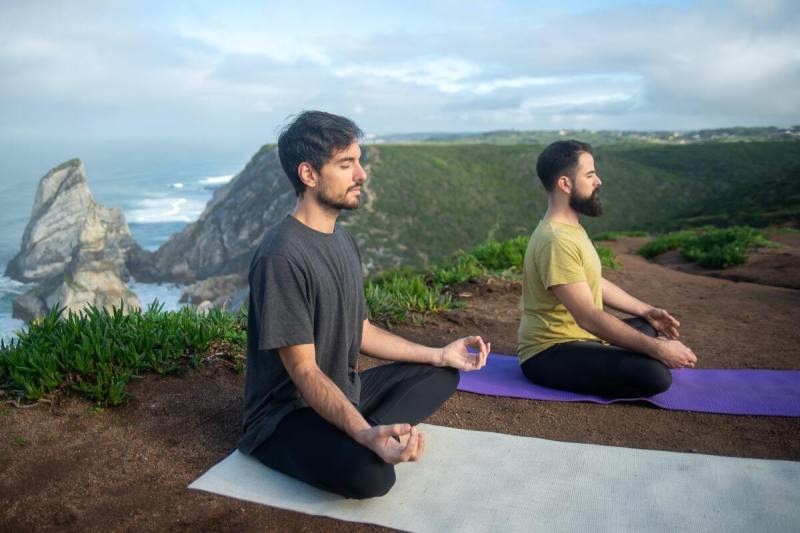
6. Yoga isn’t even a workout
Yoga is a great workout for anyone who makes it a part of their wellness routine. Check out these benefits.
Flexibility: Yoga postures stretch your muscles, increase your range of motion, and improve flexibility.
Aerobic-Equivalent: A yoga routine may not be considered aerobic exercise, but athletic varieties like power yoga increase your heart rate and make you sweat. Research finds it can be just as good at improving health.
Strength: As you hold your body in balanced poses, you’ll increase your strength. Regular practice will improve muscles in your arms, back, legs, and core.
Low-Impact: Although yoga is a full-body workout, it won’t put any stress or impact on your joints.
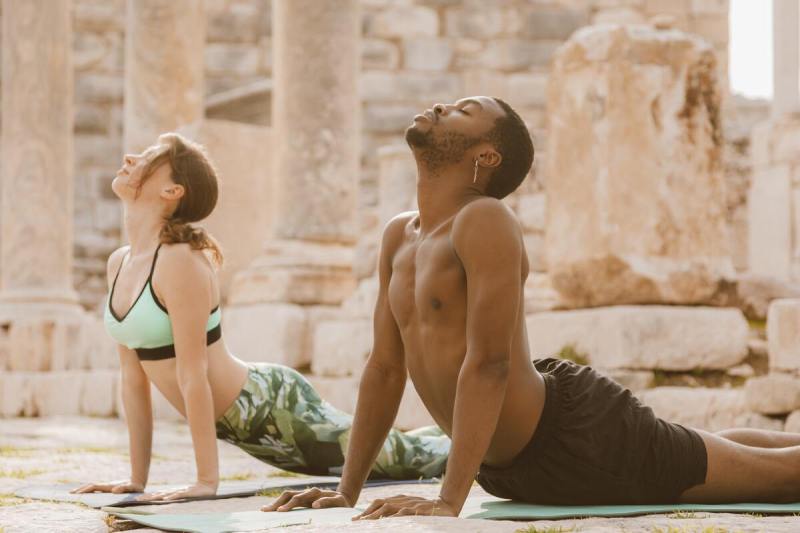
7. Yoga is only for hippies
Wellness is important for lots of people from different backgrounds and belief systems. No matter where you live, in a rural community or a big city, yoga enthusiasts look and talk like you. You can also find instructors and classes online that may be a good fit. That’s what makes yoga so popular!
Whether you’re interested in easing aches and pains, cultivating more peace of mind, or getting in better shape, yoga for men and women appeals to everyone, regardless of fitness level, cultural background, or age. Give it a try today!



